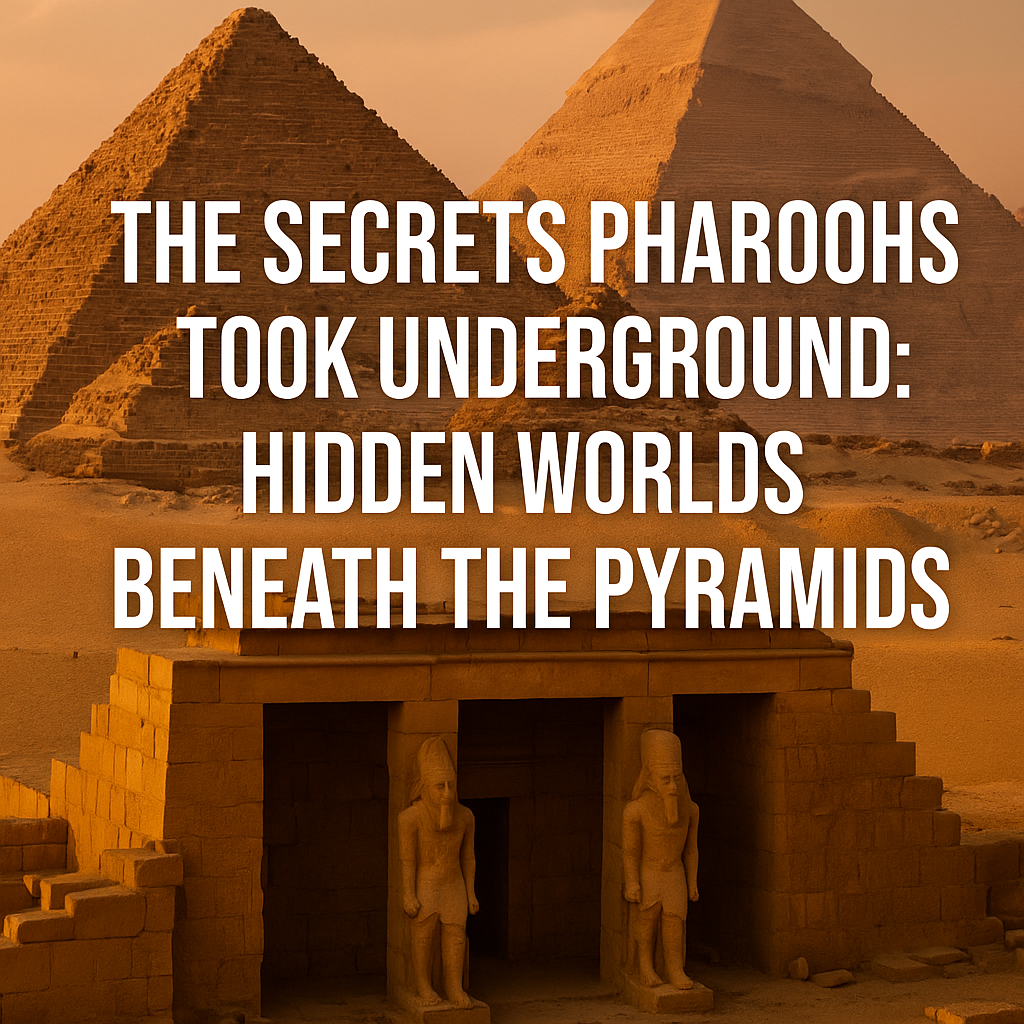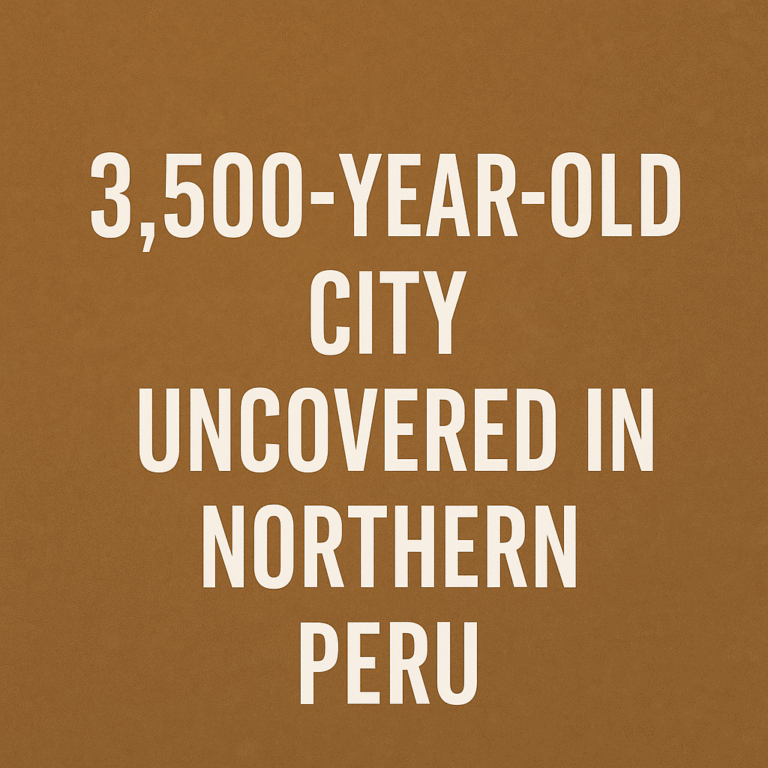
For centuries, the Egyptian pyramids have stood as a testament to human ingenuity, architectural brilliance, and deep spiritual reverence. While their towering exteriors are iconic and instantly recognizable, it is what lies beneath these ancient structures that continues to ignite the imagination of archaeologists, historians, and mystery seekers alike. Welcome to the hidden worlds beneath the pyramids—a realm of secret chambers, forgotten tunnels, and lingering enigmas the pharaohs may have deliberately concealed.
The Subterranean Blueprint of Power
Beneath the majestic pyramid structures, particularly the Great Pyramid of Giza, exists a labyrinth of chambers and passageways whose true purposes remain partly unknown. While mainstream Egyptology suggests these spaces were constructed as burial chambers or spiritual passageways for the pharaoh’s soul, other theories suggest more cryptic functions. Some argue they served as initiation halls for sacred rites, repositories of ancient knowledge, or even hiding places for treasures yet to be discovered.
The so-called “Queen’s Chamber” and the “unfinished subterranean chamber” beneath the Great Pyramid intrigue researchers. These areas are not aligned with conventional burial purposes, prompting speculation that the pyramid’s internal design held dual meanings—one for public display and another for elite, sacred use.
The Lost Tunnels
Using modern technology like ground-penetrating radar and muon tomography, researchers have detected anomalies under and around the pyramids, including voids and unexplored shafts. In 2017, a team from ScanPyramids identified a large hidden void above the Grand Gallery of the Great Pyramid—a space untouched for more than 4,000 years. Its purpose remains unknown, and access to it is currently impossible without damaging the structure.
Additionally, whispers persist about a vast network of tunnels beneath the Giza Plateau, possibly connecting pyramids, temples, and even the Sphinx. Ancient texts and eyewitness accounts from earlier centuries describe explorers descending into these tunnels, only to return with tales of flooded passages, strange inscriptions, and sudden collapses. Are these real, or the echoes of myth? Until definitive proof is uncovered, the possibility of a lost underground network remains tantalizing.
Sacred Knowledge or Survival Plans?
Some alternative historians propose that hidden beneath the pyramids are repositories of knowledge—perhaps written texts or symbolic blueprints for human evolution, advanced technologies, or even warnings of past cataclysms. While these ideas are often dismissed by mainstream scholars, they persist in popular culture and the imaginations of those who believe ancient Egypt held wisdom far beyond its time.
Another theory suggests that the underground chambers served practical, not mystical, purposes. In times of crisis or environmental disaster, these spaces could have been used as shelters or storerooms for food, scrolls, and sacred objects. Such a system would have been vital in preserving Egypt’s culture during upheaval.
The Curse of Curiosity
Exploring these underground realms hasn’t always gone smoothly. Some who attempted to probe beneath the pyramids have reported unusual experiences, including feelings of disorientation, sudden illness, or equipment malfunction. This has led to tales of ancient curses protecting sacred secrets. While most scientists dismiss these accounts as coincidence, they add an eerie layer to the mystery.
Global Fascination and Conspiracies
From Hollywood blockbusters to fringe YouTube documentaries, the mystery of Egypt’s subterranean secrets continues to grip audiences worldwide. Some enthusiasts suggest extraterrestrial involvement in pyramid construction, pointing to the mathematical precision and astronomical alignment of the structures. While widely disputed by academics, these theories highlight the persistent belief that Egypt’s knowledge extended beyond what current history can explain.
In fact, the pyramids are not just a subject of scholarly debate—they are part of a cultural mythology that stretches across continents. New Age theorists claim the pyramids resonate with Earth’s natural energy grids or function as spiritual antennas. Whether or not one accepts these claims, their popularity underscores just how deeply the pyramids still speak to human curiosity and spiritual longing.
Recent Discoveries and Breakthroughs
Over the past two decades, Egyptologists and international research teams have made remarkable progress. In 2023, researchers from Cairo University revealed that several smaller tombs around the Step Pyramid of Djoser had hidden niches filled with hieroglyphic inscriptions, some of which hinted at “deep sanctuaries” sealed during Egypt’s Fifth Dynasty. These records, if verified, could indicate there were efforts to intentionally conceal underground rooms even thousands of years ago.
Moreover, thermal imaging and infrared scans have picked up heat anomalies on the east side of the Great Pyramid—possibly indicating hollow structures behind thick stone walls. As of 2025, these anomalies remain unexplored due to political and structural constraints, but many experts agree they may hold the key to further revelations.
What Might Still Be Hidden?
The sheer scale and complexity of the Giza Plateau suggest we have only scratched the surface. Could there be an entire complex of underground structures still undiscovered? Might the stories of vast chambers beneath the Sphinx or between the pyramids hold any truth?
Some archaeologists believe more excavation beneath lesser-known pyramids, like those at Saqqara or Dahshur, may yield additional clues. These sites, while less visited, offer the same architectural ingenuity and are less disrupted by modern infrastructure or mass tourism. As these areas receive more attention, they could provide a less risky way to explore what the ancients left behind—without compromising Egypt’s most iconic monuments.
What the Future Holds
Excavation under the pyramids is difficult, slow, and politically sensitive. Egypt guards its heritage fiercely, and any excavation must balance the potential for discovery against the risk of damaging irreplaceable monuments. But as technology evolves, so does our ability to peer into places previously sealed for millennia.
In the coming decades, new methods like advanced scanning, robotics, and AI-driven analysis may reveal answers to questions that have haunted historians for generations: What did the pharaohs bury beyond their bodies? What messages did they send to the future from these ancient tombs? And are we ready to hear them?
Final Thoughts
“The Secrets Pharaohs Took Underground” is more than a poetic idea. It reflects humanity’s enduring obsession with death, the afterlife, and the sacred. Whether these hidden worlds beneath the pyramids contain treasures, knowledge, or nothing but stone, they symbolize our hunger for truth and our awe at the accomplishments of those who came before us.








